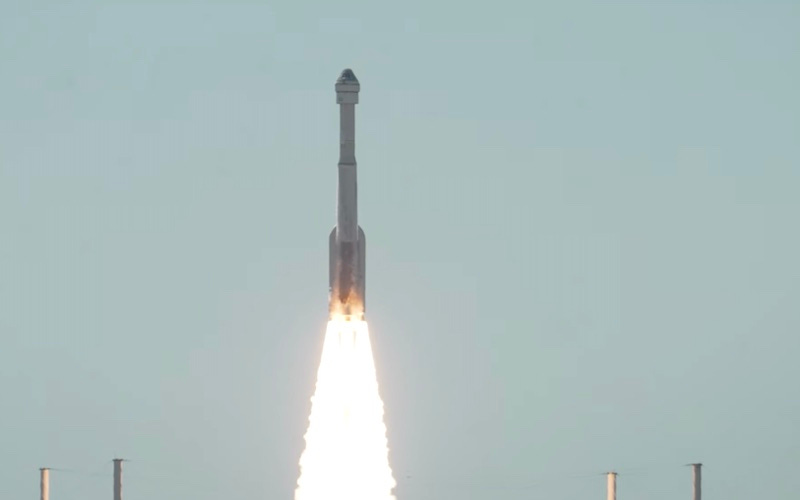The Impact of Starliner on Boeing's Future with NASA
NASA and Boeing Both Say the Spacecraft Will Fly Again
(Analysis and Commentary by the Ex Terra Media Staff)
When Boeing's CST-100 Starliner launched to ISS on June 5th, probably no one thought that nearly three months later the spacecraft would remain docked to the orbiting outpost. But now, astronauts Butch Wilmore and Suni Williams may feel a little like Charlie on the MTA.
“Well did he ever return?
No, he never returned
And his fate is still unlearned (what a pity)
He may ride forever
'Neath the streets of Boston
He's the man, who never returned."- The Kingston Trio, “Charlie on the MTA”
Unlike the ill-fated Charlie in the 1959 hit by The Kingston Trio, Butch and Suni will return to Earth, but not on the same spacecraft on which they arrived at ISS. And their 8-day stay aboard the ISS will be extended to 8 months, with their return now expected at the end of Expedition 72 in February, 2025.
So, could the issues with Starliner lead to a change in the relationship between Boeing and NASA?
How We Got Here
Starliner, or CST-100 is part of the Commercial Crew Program. When NASA retired the space shuttle, the only option for transporting astronauts to and from the International Space Station was Russia's Soyuz. For a lot of reasons, including national pride, NASA needed a way to transport crews to ISS from American soil, and do it economically. Boeing was the first company to be selected for a CCDev1 contract in 2010 to begin to develop a commercial crew system, followed closely by SpaceX. Sierra Nevada Corporation was also awarded a contract to begin working on a solution based on its Dream Chaser spacecraft prior to the spinoff of Sierra Space.
SpaceX was the first to have a system certified for human spaceflight, and Dream Chaser will soon join the ranks of companies doing commercial resupply flights. Boeing, however, was frustrated by multiple issues in the development of Starliner.
In 2021, the company discovered problems with the wiring in the spacecraft. The soft links incorporated in the parachute system were determined to be inadequate for the loads they would experience during landing. At the same time, the tape used to wrap some of the wiring harnesses on the spacecraft was found to be flammable. There were also issues with the docking system. All of this pushed the crewed test flight of Starliner back by years. Perhaps the only saving grace for NASA was that the program was being conducted under a fixed-price contract, meaning Boeing was responsible for covering whatever cost overruns might be incurred during the development, currently estimated at some $1.5 billion (Wikipedia).
But even before the crewed flight test, software issues during the first uncrewed test flight (OFT-1) of Starliner caused the spacecraft to miss its intended orbit, and therefore it was unable to dock with the station. Orbital Test Flight 2 (OFT-2) was more successful, with Starliner docking to the station and returning safely to Earth.
The crewed test flight lifted off on June 5, 2024 to great fanfare ... but issues with helium leaks for the thrusters quickly became evident, and that's where we are today.
Keep reading with a 7-day free trial
Subscribe to The Journal of Space Commerce to keep reading this post and get 7 days of free access to the full post archives.





